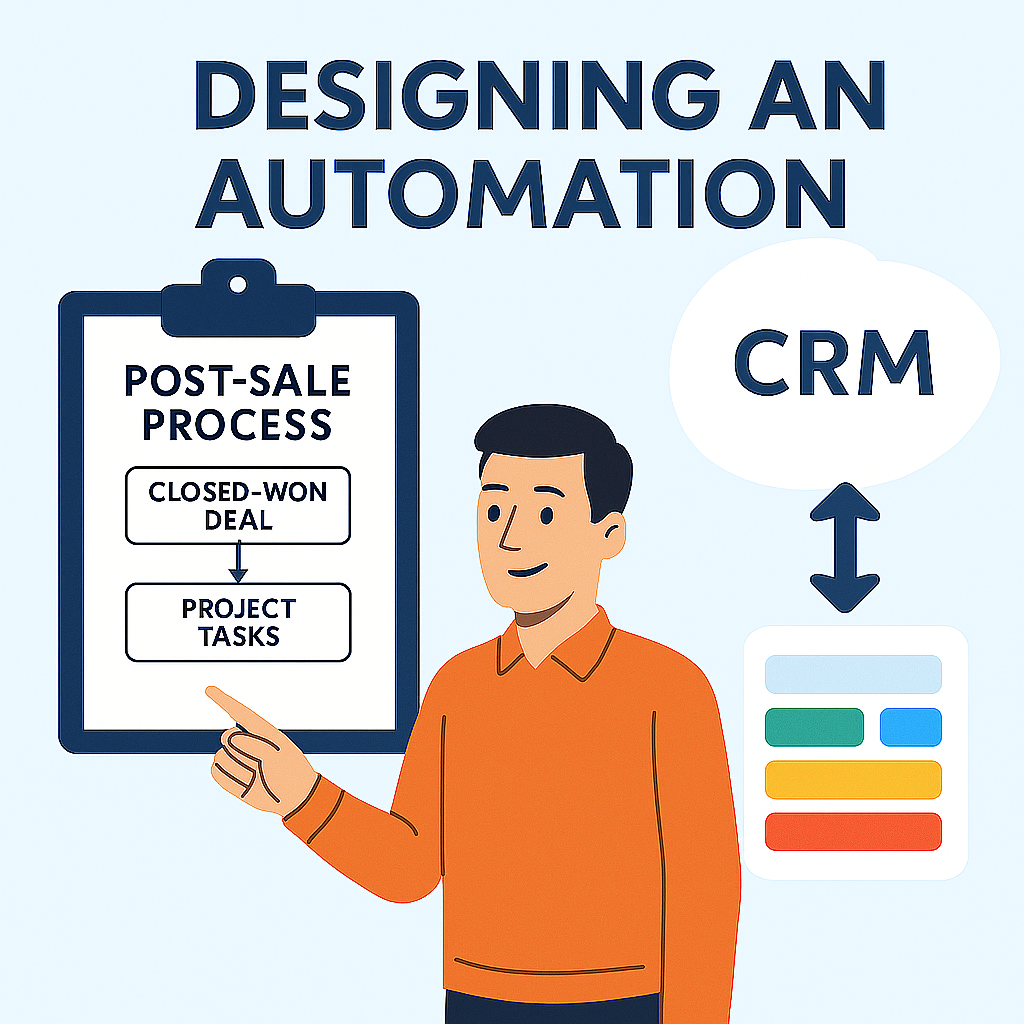
To Automate or Not to Automate: That Is the Question
Automation in CRM systems, like Salesforce Flows, can be a game changer. When implemented effectively, automation has the power to enhance the user experience, save valuable time, and help users fall in love with the system. However, when done poorly, automation can create chaos, confusion, and even distrust. So, should you automate? Let's dive into the pros and cons of CRM automation.
The Power of Automation Done Right
Automation can be an incredibly powerful tool in CRM. Features like Salesforce Flows can automate repetitive jobs, allowing users to focus on more strategic tasks instead of mundane data entry. Imagine your sales team no longer having to manually update customer stages or log every little interaction. Instead, automation can do this behind the scenes, freeing them up to do what they do best—sell!
When aligned well with business processes, automation improves adoption rates and boosts users' perception of the system. Employees are more likely to use a CRM they feel understands them and genuinely helps them do their jobs better. When repetitive, tedious tasks are automated, users find their daily workflows smoother and less stressful, which can go a long way toward making the CRM an integral, valued part of their work routine.
The Dark Side of Poor Automation
But there's a flip side. Poorly implemented automation can erode users' trust in the CRM. Imagine an automation running in the background, making changes to records that users don’t understand. Suddenly, a salesperson notices that the data they just entered has mysteriously changed—they feel as though the CRM is "overwriting" their work. This can lead to frustration, a lack of confidence, and ultimately a reluctance to use the system.
This issue is prevalent when automations make changes without visibility or clarity. Many automations run silently in the background without a clear indication to the user that they've been triggered. If a user edits a field only to find that their update is replaced by automation, it’s easy to see why they might think the CRM is faulty. This isn’t necessarily a bug—often, the automation is working exactly as designed—but if the design doesn’t match the user’s expectations, the result can be damaging.
Automate Thoughtfully: Align with User Journeys
To avoid these pitfalls, automation must be 100% aligned with the expected business process and user journey. For example, if automation updates a field that a salesperson manually edits, it’s crucial that the logic makes sense to the user and that they understand why and when those changes occur.
Sales teams are already busy, and the CRM should make their lives easier—not add extra tasks or surprises. Asking a salesperson to go back and fix a "mistake" made by an automation is a surefire way to create frustration. Instead of freeing them to sell, the CRM inadvertently becomes another source of stress. Automation should add value, not add work.
Avoid the "Happy Path" Trap
Another common problem arises when automations are only tested for the ideal or "happy path" scenario. Automations need to be carefully tested for edge cases as well. When the automation triggers are too broad, they can run at unintended times, causing unexpected changes. An automation that’s designed to help can quickly turn into a source of headaches if it leads to unexpected or incorrect updates.
It’s essential to take the time to map out the user journey and understand the various scenarios that might unfold. The more thoroughly you understand these processes, the more effective your automation will be. By ensuring automations run only when they truly add value, you can prevent them from becoming the "enemy" of CRM users.
Final Thoughts
Automation is not inherently good or bad—it's all about how it's used. Done right, it can transform the CRM experience, freeing up users to focus on value-adding activities. Done poorly, it can lead to frustration, lost productivity, and even distrust in the system.
The question, then, is not simply "to automate or not to automate." It’s about understanding the business process, aligning automations with user expectations, and ensuring that the CRM serves its primary purpose: making people's lives easier. Always put your users first and ensure that your automation truly makes their lives easier, boosts their productivity, and reduces the amount of manual data entry. With thoughtful design and careful implementation, automation can indeed be the powerful tool it’s meant to be.

